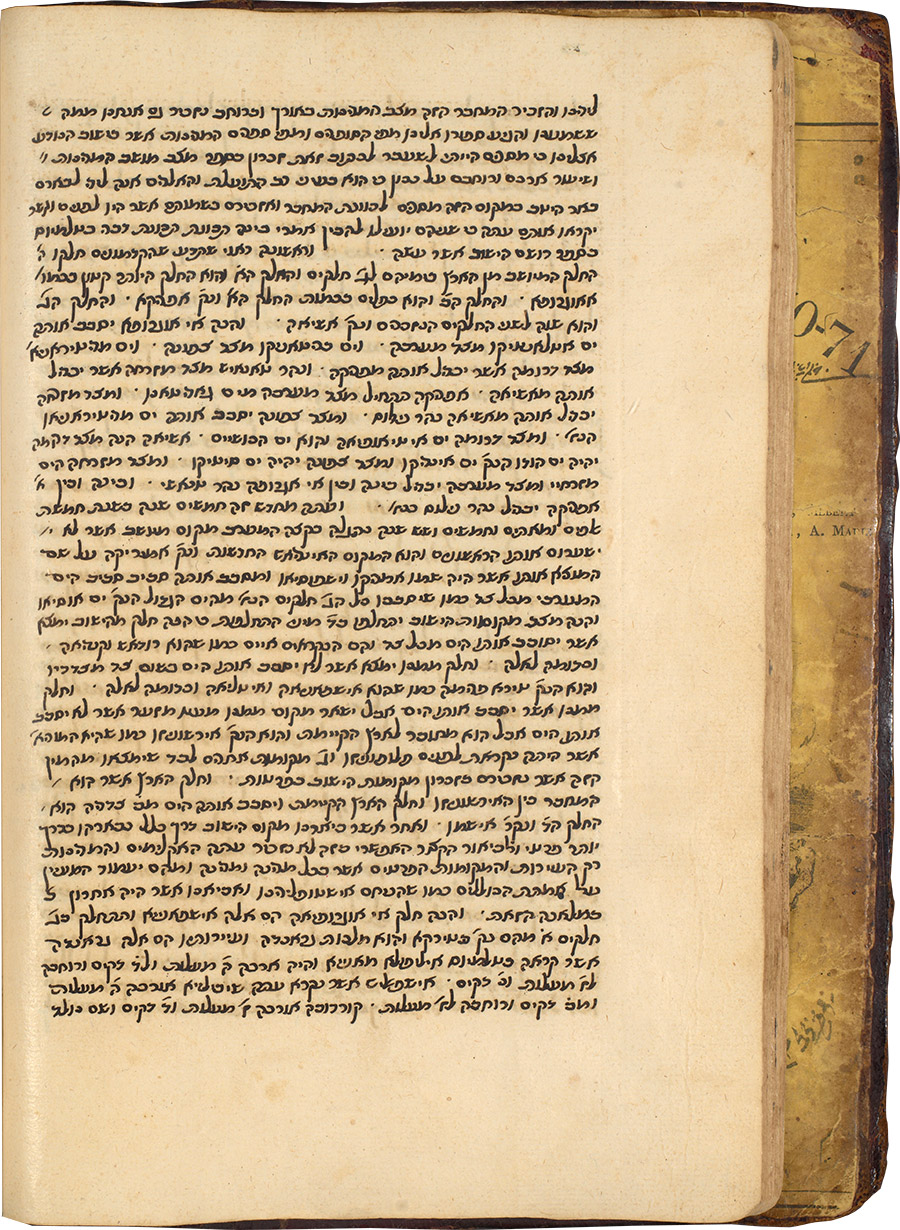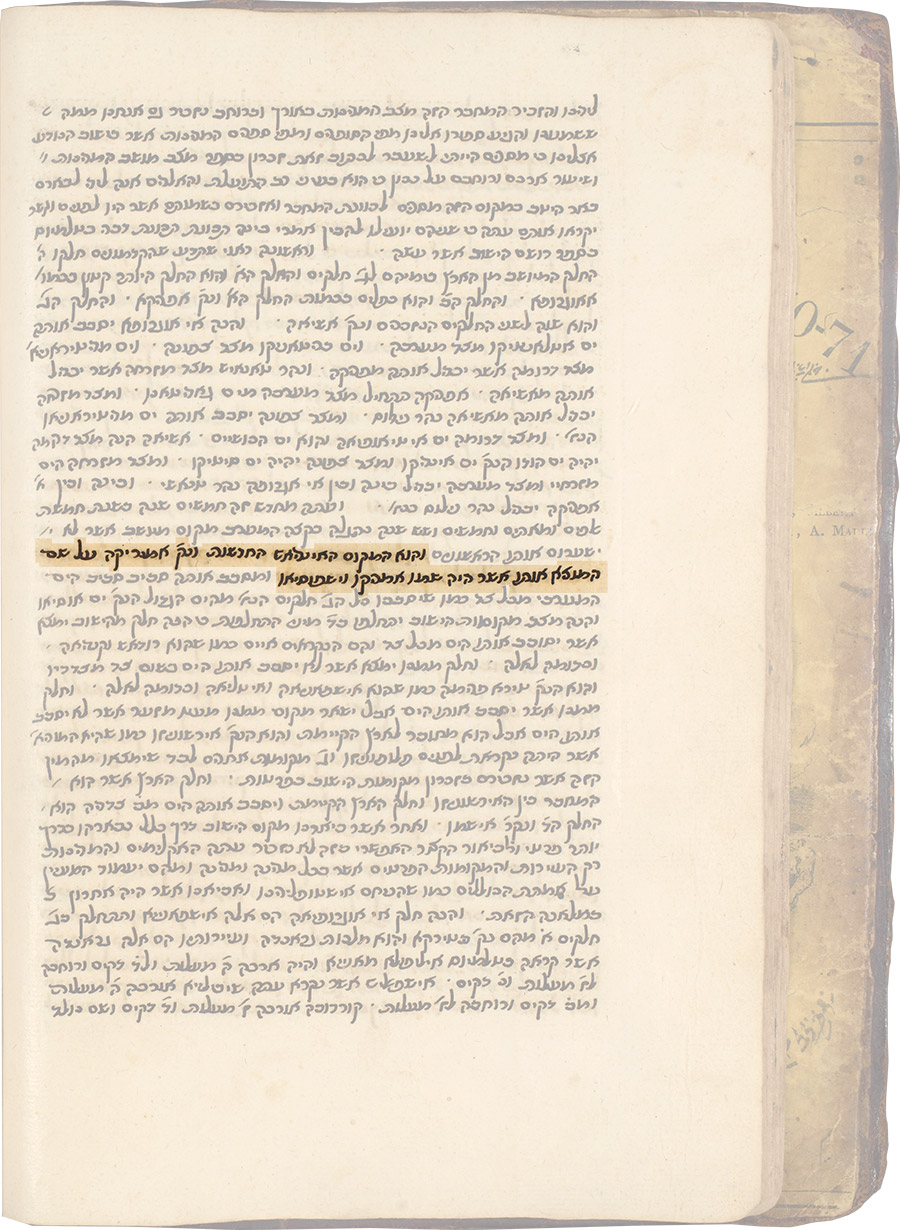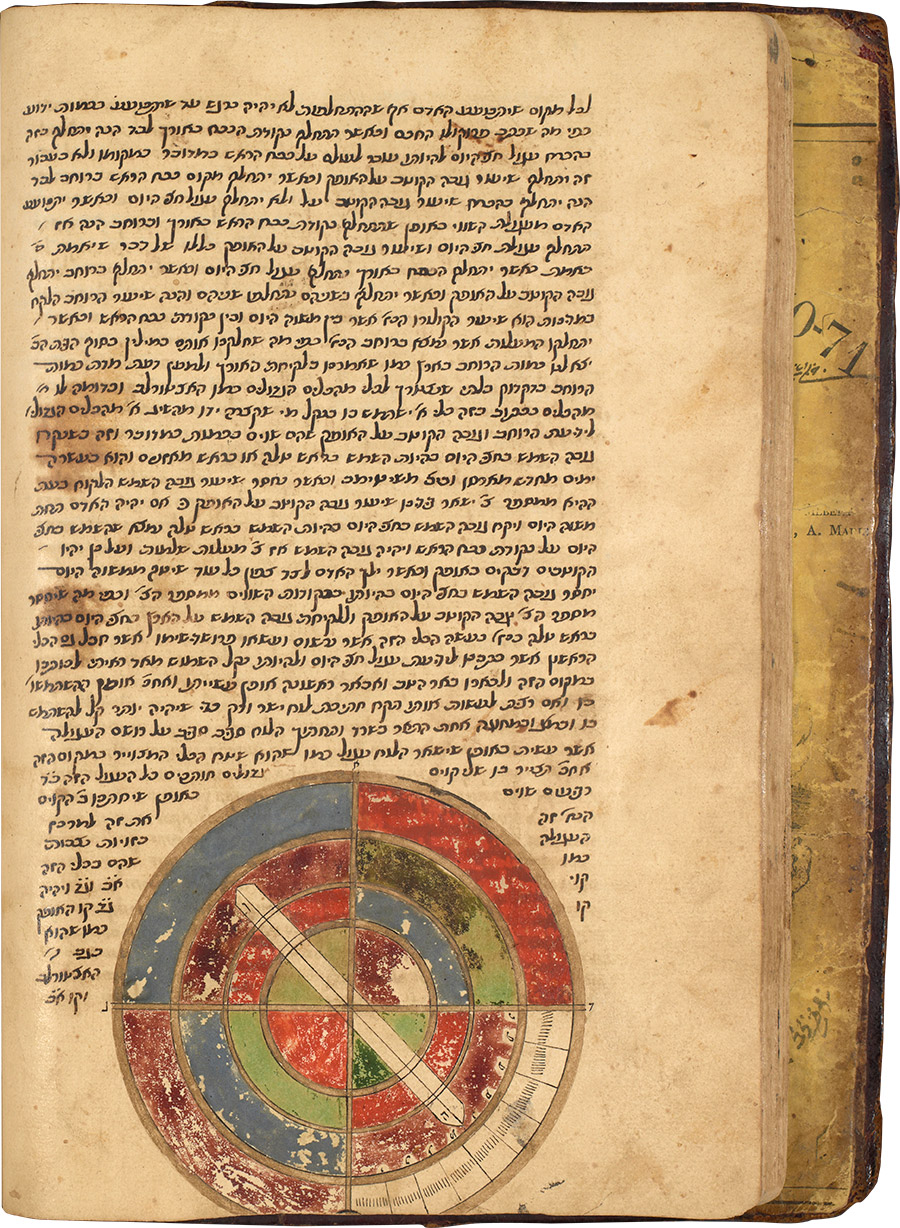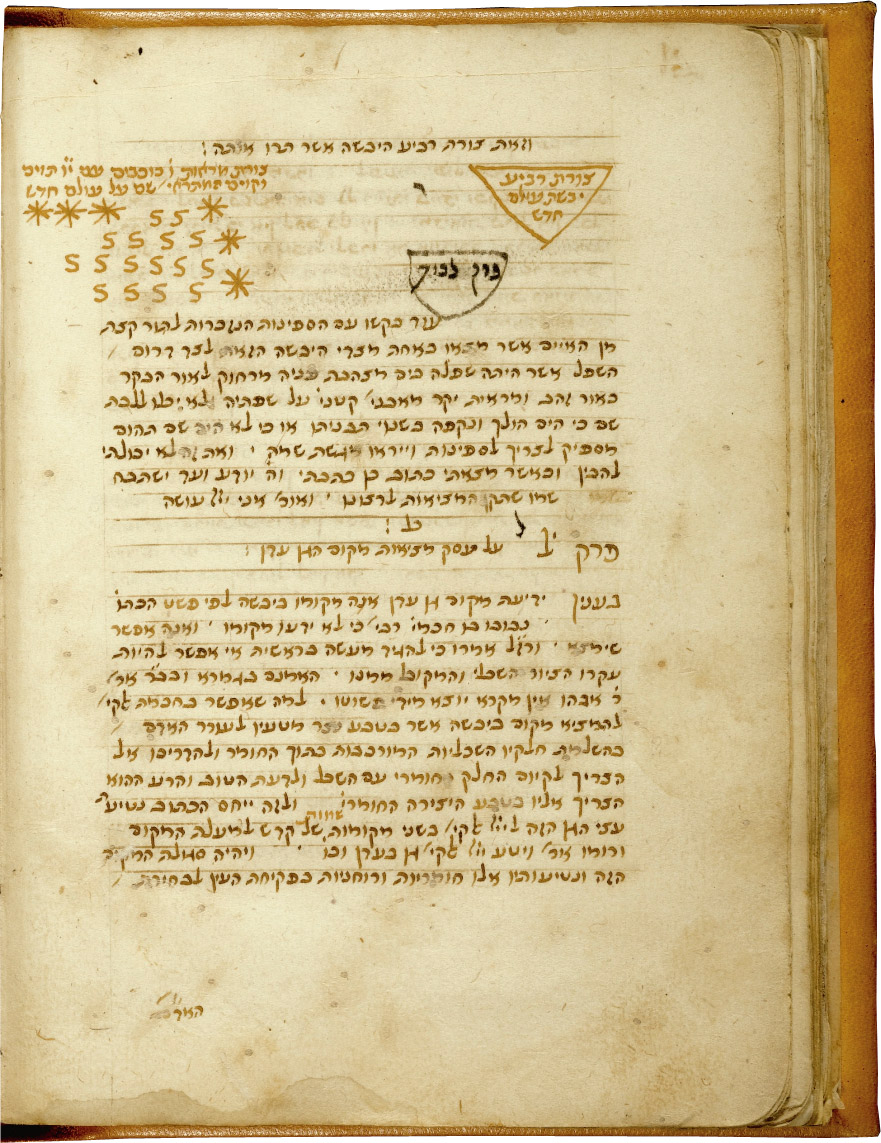Thanks to the exceptional generosity of Lawrence J. Schoenberg and Barbara Brizdle, the Penn Libraries recently received a unique sixteenth century manuscript (LJS 42), which contains scientific works in Hebrew written by a Sephardic scholar, Moses ben Baruch Almosnino.
Almosnino was born probably in 1518 in Salonika to an Aragonese Jewish family which fled Spain after the expulsion decree of 1492 and settled in that Ottoman port city. Almosnino was a Rabbi and a Posek (adjudicator) and one of the prominent leaders of the Jewish communities in Greece, as well as a prolific author who wrote exegetical, historiographical, philosophic and scientific works.
This sixteenth century manuscript contains two astronomical works together with their commentaries. The first, Bet elohim (House of God), dated no later than 1551, is Almosnino's commentary upon a Medieval Latin astronomical work De Sphaera by Johannes De Sacrobosco, which had been translated into Hebrew during the fourteenth century. Almosnino used Shelomo ben Avram Avigdor's translation entitled Mar'e ha-'ofanim. The second work in Almosnino's manuscript is Sha'ar ha-shamayim (Gate of Heaven), which is the author's translation and commentary upon the important fifteenth century astronomical work by Georg Peurbach, Theoricae Novae Planetarum.
The geographical part of the unpublished manuscript copy of Bet Elohim by Almosnino contains two firsts in the history of Hebrew letters concerning the knowledge about the discovery of America. On the verso of folio 23 we find the first mention in Jewish literature of the name Amerigo Vespucci אמריקו וישפוסיאו, whom Almosnino credits as the "discoverer" המוצא of America and after whom the newly discovered land is named. This is also the first time that the the name of the continent אמיריקה is mentioned in Hebrew (the name America was first coined by a German cartographer in 1507). Ironically, this discussion of the discovery of the Americas occurs in a commentary on a Medieval Latin astronomical work in which the very existence of the continent was not yet known in Europe.
The first explicit mention of the new geographical discoveries in the west by a Jewish author is found in the well-known cosmographical work Iggeret orhot ‘olam (A letter concerning the manners of the world) written by Abraham Farissol in 1524. Again, thanks to the philanthropic vision of Lawrence J. Schoenberg and Barbara Brizdle, Penn received a unique contemporary manuscript copy of this work (LJS 499). Farissol's treatise, which was printed for the first time in 1586 in Venice, mentions Columbus' discoveries of some islands in the west and dedicates a whole chapter to the discovery of the New World עולם חדש without mentioning Vespucci's name. Farissol's work is an adaptation of a contemporary Italian book, which in turn relied, for its New World chapters, on a text that came to be known as Vespucci's second letter. Interestingly, there is a previous indication of Columbus' first voyage in Hebrew, which can be found in a personal letter sent from Florence by an Italian Jew as early as 1494!



